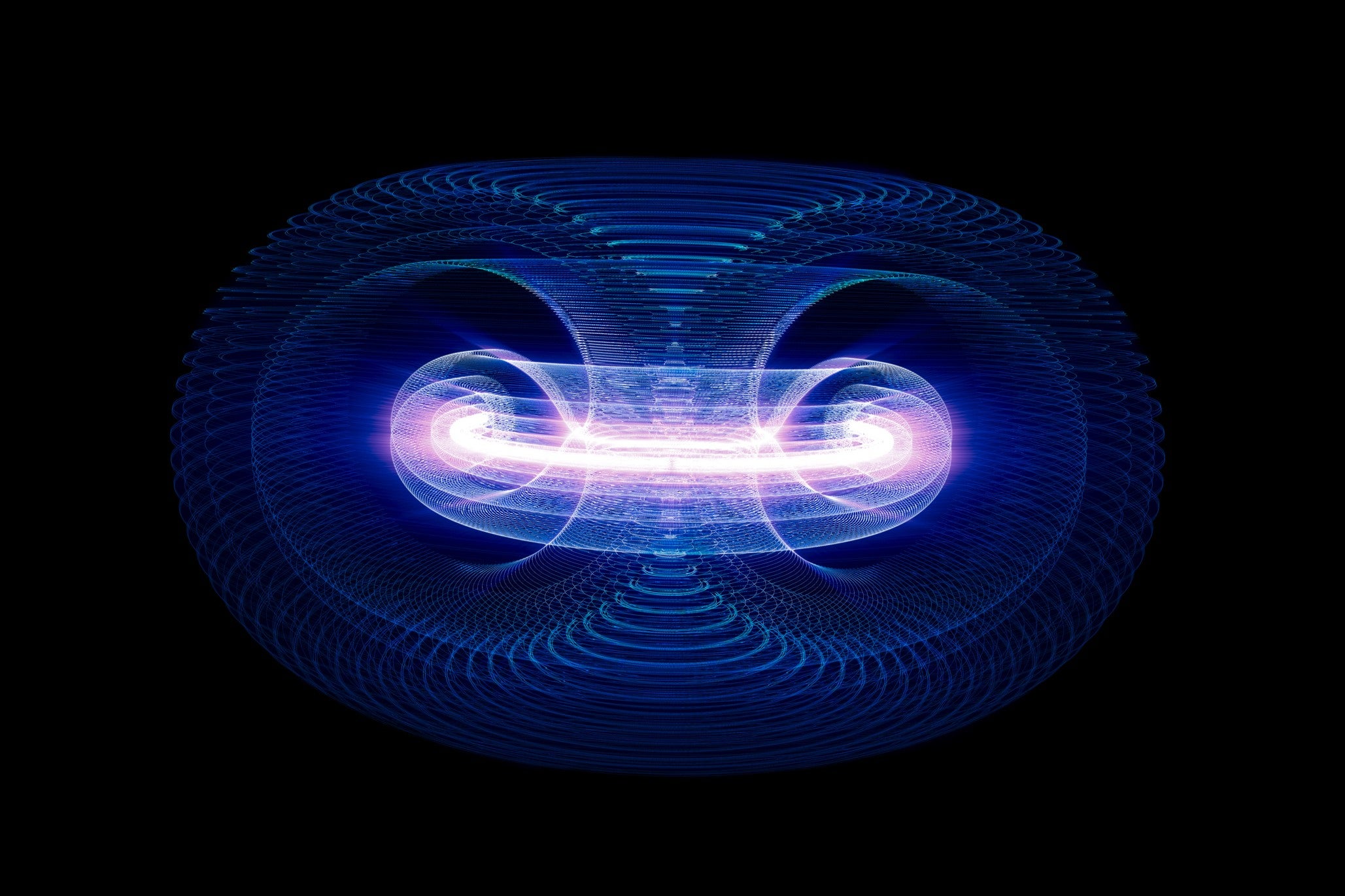Nuclear fusion breakthrough overcomes key barrier to limitless clean energy
‘Fusion energy is the ultimate energy source for humanity,’ researchers say
Your support helps us to tell the story
From reproductive rights to climate change to Big Tech, The Independent is on the ground when the story is developing. Whether it's investigating the financials of Elon Musk's pro-Trump PAC or producing our latest documentary, 'The A Word', which shines a light on the American women fighting for reproductive rights, we know how important it is to parse out the facts from the messaging.
At such a critical moment in US history, we need reporters on the ground. Your donation allows us to keep sending journalists to speak to both sides of the story.
The Independent is trusted by Americans across the entire political spectrum. And unlike many other quality news outlets, we choose not to lock Americans out of our reporting and analysis with paywalls. We believe quality journalism should be available to everyone, paid for by those who can afford it.
Your support makes all the difference.Two of the key barriers to producing power from nuclear fusion have been overcome, in what scientists say is a major advance towards producing near-limitless clean energy.
A team at US energy firm General Atomics achieved a “sweet spot” for operating the next-generation power source within a donut-shaped tokamak reactor.
Nuclear fusion replicates the same natural processes found within the Sun in order to produce vast amounts of energy, however harnessing the superhot plasma within the reactor in order for it to work in a meaningful way has proved elusive.
Two of the biggest obstacles have been getting the plasma to a high enough density level, and then containing the plasma within the reactor for long enough for it to be useful.
“Fusion energy is the ultimate energy source for humanity,” the researchers wrote in a paper detailing the breakthrough.
“The operating regime we report supports some critical requirements in many fusion reactor designs all over the world and opens a potential avenue to an operating point for producing economically attractive fusion energy.”

The paper, titled ‘A high-density and high-confinement tokamak plasma regime for fusion energy’, was published in the journal Nature on Wednesday.
The research, led by Siye Ding at General Atomics, demonstrated for the first time that a point known as the Greenwald limit could be overcome in order to raise the plasma density.
The team used magnets and deuterium gas to contain superhot plasma at 20 per cent above this limit without it escaping for 2.2 seconds.
The experiment was done in a tokamak chamber with a radius of 1.6 metres, which is significantly smaller than the 6.2 metre radius of the reactor currently under construction in France.

The International Thermonuclear Experimental Reactor (ITER) project in Provence is aiming to be the first in the world to demonstrate nuclear fusion energy at a significant scale.
Expected to be completed in 2025, the 23,000-tonne ITER Tokamak should be capable of generating at least 10 times more energy than it takes to heat the plasma.

Join our commenting forum
Join thought-provoking conversations, follow other Independent readers and see their replies
Comments